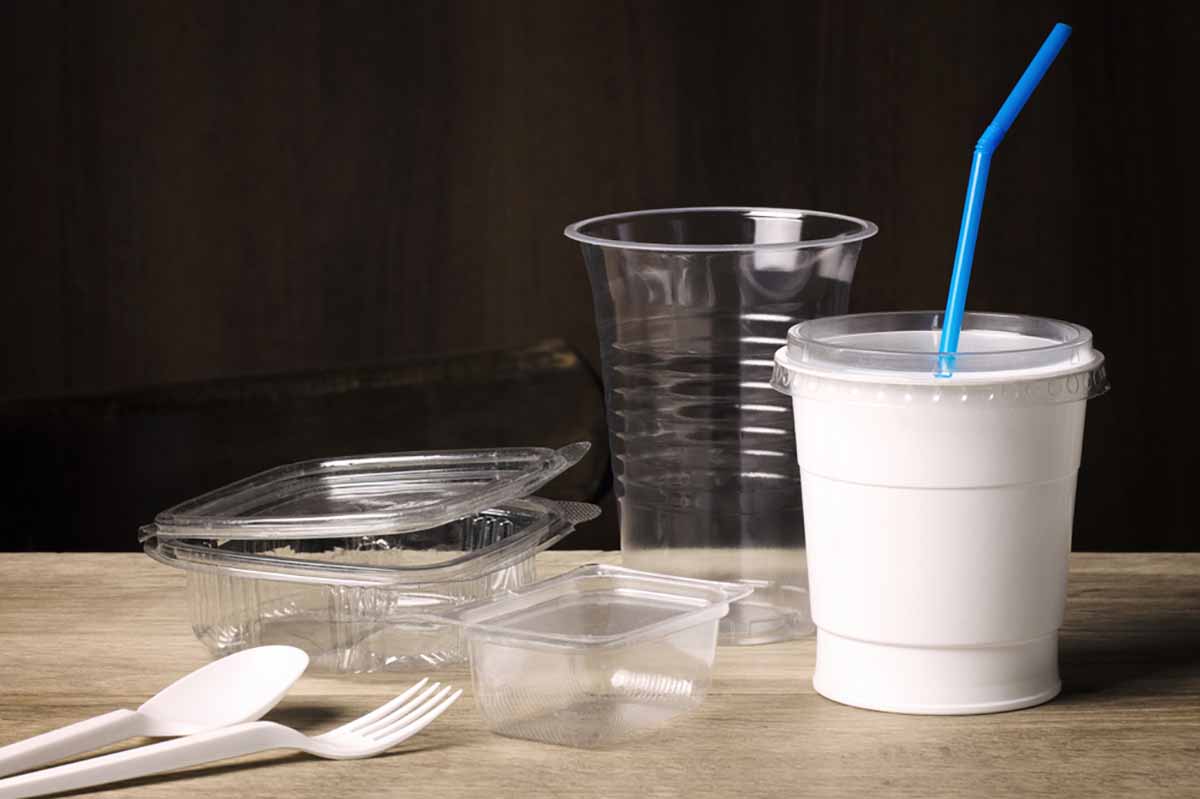
The U.S. EPA is seeking comments on its recently published “National Strategy to Prevent Plastic Pollution.” | SerPhoto/Shutterstock
Although it doesn’t use the word “ban,” the U.S. EPA released a plastics pollution strategy that supports steps to reduce production of single-use and difficult-to-recycle plastics.
EPA on April 21 published a draft of its “National Strategy to Prevent Plastic Pollution,” and the agency is seeking comments on it.
The 48-page document lays out a number of steps to reduce plastic pollution, including addressing impacts during plastic production and post-use material management, including preventing plastic from entering waterways and cleaning up the material that’s already in the environment.
In the document, EPA touched on a point of sharp contention: reducing plastic production.
In a section focused on reducing “production and consumption of single-use, unrecyclable, or frequently littered plastic products,” the EPA suggested a number of steps should be taken.
Specifically, the agency called for creating a list of these products and alternative materials, then sharing it with public and private entities around the country so they can use it in their purchasing decisions. And EPA called for the setting of a new national voluntary goal to reduce production of the items on the list.
“This new goal would help galvanize action across the country, support and promote the use of alternative products and reuse programs,” the plan states.
Additionally, EPA called for the federal government to create a plan to reduce federal procurement of single-use, non-recyclable/difficult-to-recycle and often-littered plastic products. It suggested an innovation challenge to encourage development of alternative products.
Lastly, the EPA’s strategy suggested the federal government conduct a study to “identify effective policy tools and approaches to reduce production of single-use, unrecyclable or frequently littered plastic products.”
A number of groups have issued public statements in response to the draft.
The Ocean Conservancy’s Anja Brandon said it’s “particularly notable to see a commitment to producing fewer single-use, unrecyclable and frequently littered plastic products. Analysis of 35 years’ worth of data from Ocean Conservancy’s International Coastal Cleanup shows that roughly 70% of the most commonly collected items from beaches and waterways across the world are effectively unrecyclable, and of these, nearly half are food- and beverage-related items.”
On the other side of the debate, the American Chemistry Council (ACC), released a statement taking issue with the suggestion of plastics reductions and embrace of alternatives. In that statement, ACC’s Joshua Baca pointed to components of the strategy that “risk sending plastic manufacturing and jobs overseas where plastic is often made with less stringent environmental standards and more greenhouse gas (GHG) emissions.”
“We caution the Administration that prescribing alternative materials, capping plastic production or limiting innovative recycling technologies could work against its climate objectives as plastic almost always has a lower life cycle GHG footprint compared to paper and metal,” he added.
EPA will hold a webinar on the draft strategy from 1-2 p.m. Eastern time on May 11.
A version of this story appeared in Resource Recycling on April 24.